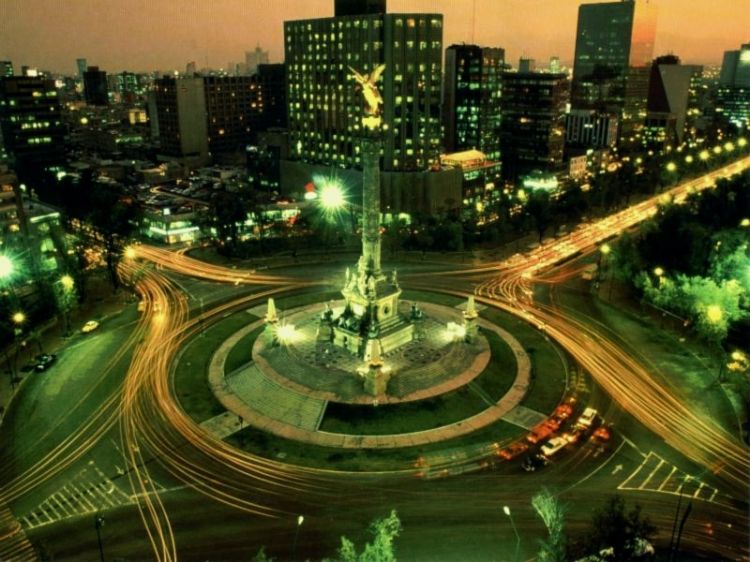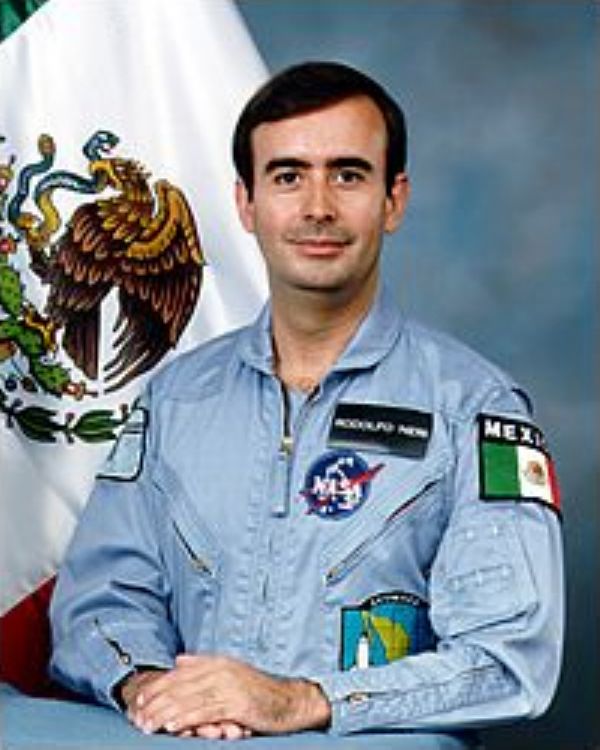
16th of September, Independence day in Mexico
Mexicoâs Independence is the result of diverse social c...

La Paz is a little port on the Gulf of California, and is currently the capital of the State of Baja California Sur. Spanish missionaries that wanted to evangelize these towns named it La Paz in one of the many times it was founded. Located in the northeast part of Mexico, on the bay that carries the same name today, it is a place full of history, with a great food culture and a hard working population.
Historians say that man settled in the region of California since 10, 000 years before Christ, establishing as nomads who as main activities practiced fishing and food gathering. The most famous remains of these cultures are the stone paintings, and many of them have been found a few miles away from La Paz.
Before colonization, these lands were inhabited by nomad tribes called "âGuayacuras"â and "âPericues"â, who lived thanks to the abundant sea resources, flora and hunting, and they got whatever they needed to live and settle over this region from these activities.
On Hernan Cortes´ second expedition in 1535, the ship "âConcepción"â suffered a mutiny where Fortín Jimenez killed Captain Diego de Becerra and took possession over the ship. After a couple of days sailing, the ship arrived to a peaceful harbor that is known today as "âBahía de la Paz"â. Fortín Jimenez thought that they had arrived to an island, inhabited by semi naked Indians, covered with pearl ornaments, and who spoke a different language and had a different body shape from the rest of the New Spain natives. The crew of Jimenez decided to rape the women and steal all the pearl ornaments in the village, this caused the natives reaction, and they rebelled against them and they killed several Spaniards, Jimenez among them, who died without knowing that he has discovered the Bay of la Paz.
After Cortes' second failure trying to discover and conquer new lands, and knowing about the pearls that the survivors of the Concepción found in this region, Cortes decided to lead personally his third expedition, and so, after a long journey, on May the 3rd of 1535, Cortes sailed through the waters that later he named "âMar de Cortes"â (Sea of Cortes), waters that surround the Bay of La Paz, and that originally were called "âBermejo Sea"â, because of its several color changes from deep blue, to deep red. On that journey, Cortes arrived to the bay of La Paz and he called it "âPort and Valley of Santa Cruz"â. That is why, today, Hernan Cortes is considered the first founder of La Paz, and the founding of the city it is celebrated on these dates.
In the following days, this territory suffered a series of episodes full of things such as abandon, pirate attacks and the native rebellion, and because of its location "â away from the other New Spain territories, it was hard to take the supplies over to that region because of the abundance of pearls, and pirates who attacked this place after Cortes and his people left the bay.
Among the most known pirates that went to this area in the XVI century were Thomas Cromwell and Francis Drake. During this period, La Paz received its modern name by Sebastian Vizcaíno, who established his base on La Paz in 1596 when he was traveling the peninsula on several expeditions. It was during these bold adventures that Padre Vizcaíno became aware of the economical significance of the sea and land of California. As many other expeditions, they tried to established and settle here, but the lack of provisions forced the Spaniards to leave the place again.
It is known that this territory was difficult to conquer, not only because of its location, but also because of the rebellious character of the natives, who refused to be conquered. Only the evangelistic work of the missionaries was successful, and that's how the conquering of La Paz was won in 1697, more than 150 years after its discovery, with the arrival of the Jesuit padre Juan María de Salvatierra, who founded the first mission over Californian lands, and named it "âMisión de Loreto"â
When the colonial age was ending, in 1804, California was divided in two: Alta California (High California) whose capital city was Monterrey and Baja California (Low California) with Loreto as capital. Even when Mexico got its Independence on September 27 of 1821, California's peninsula was still under the Spanish authority until 1822, because of its location. Ironically, the same reason that delayed its colonization, also delayed its independence. Eight years later, in 1830, La Paz was designated as Capital of Baja California, because Loreto was destroyed with all the storms of the period. After the north American invasion to Baja California, on February 2, 1848, through the Guadalupe-Hidalgo agreement, after a long war, peace was signed between Mexico, and the United States of America, and Mexico turned over the states of New Mexico, Arizona, Texas and part of Colorado; also Nevada, Utah and part of Alta California. After this La Paz set the foundation of its future as a developed city and became the State capital.
Today, this peaceful port has a population of about 220,000 (46% of the state total), where 50% are men, and 50% woman. Its land extension is over 1000 squared kilometers, representing close to 28% of the State of Baja California Sur, giving it a population density of over 10 people per squared kilometer.
Its economically active population is over 81,000 people, getting an average of 79% (at 2000, according to INEGI data), and its majority is centered on tourist activities
Sources:
Mexico provinces encyclopedia, http://www.e-local.gob.mx
Baja California Sur Government, http://www.bcs.gob.mx
H. XII Ayuntamiento de La Paz, http://www.lapaz.gob.mx

Mexicoâs Independence is the result of diverse social c...

The oil industry in the world has changed dramatically in...

Leonora Carrington was born in South Lancaster, England. ...

The history of migration of Mexican citizens to the Unite...


The Battle of Puebla took place on the 5th of May 1862 in...

Rodolfo Neri Vela was born in Chilpancingo, Guerrero on F...

Mexicoâs War of Reform, also known as the Three Year Wa...

Different international organisms have developed instrume...